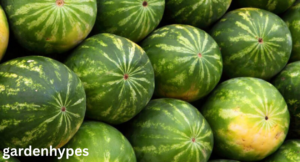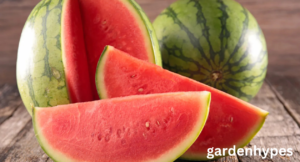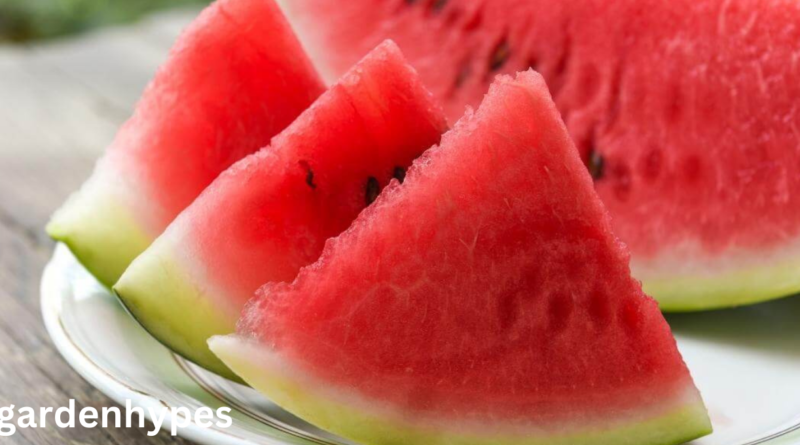Watermelon Shortage Causes Impacts and Future Outlook
Introduction to the Watermelon Shortage
Watermelon has always been more than just a fruit—it’s a symbol of summer. Whether it’s being sliced open at a picnic, blended into refreshing drinks, or served at family gatherings, watermelon shortage are deeply tied to warm weather celebrations around the world. Known for their sweet taste and hydrating properties, watermelons have long been a staple in households during hot seasons. But in recent years, many countries have reported a surprising issue: a shortage of watermelons.
click in link Pineapple Season
This shortage has not only caught consumers off guard but has also sparked concern among farmers, traders, and even governments. The fruit that once seemed endlessly available in markets and grocery stores is now becoming more expensive and harder to find in some regions. Social media is filled with users posting pictures of half-empty fruit stalls and lamenting the rising prices of watermelons.
But why is this happening? The watermelon shortage is not just about fewer fruits on the shelves—it’s a reflection of deeper issues affecting global agriculture, such as climate change, rising farming costs, and disruptions in the supply chain. To understand the seriousness of the problem, we need to look at the root causes, the impact on consumers, and what the future might hold for one of the world’s most beloved fruits.
Understanding the Causes of Watermelon Shortage
The shortage of watermelons is not the result of a single problem—it’s a combination of challenges that have been building over time. Farmers, researchers, and market analysts all point to three major factors: climate change, water scarcity, and the rising cost of farming.
Climate Change and Extreme Weather Conditions
Watermelons require specific growing conditions to thrive. They need warm temperatures, long sunny days, and plenty of water. However, climate change has disrupted these conditions. Heatwaves in some regions have scorched young plants before they could mature, while excessive rainfall in others has flooded fields, destroying crops. Unpredictable weather patterns mean farmers can no longer rely on traditional planting and harvesting cycles, making watermelon yields unstable.
Water Scarcity and Its Role in Watermelon Production
It’s no surprise that watermelons need a lot of water—they are 92% water themselves. Farmers traditionally rely on consistent irrigation to grow healthy watermelons, but in many parts of the world, water scarcity is a growing crisis. Prolonged droughts in countries like the United States, Spain, and parts of Africa have left farmers unable to provide sufficient irrigation for their crops. When water resources are limited, governments often prioritize drinking water and essential crops, leaving watermelon fields dry and vulnerable.
Rising Costs of Farming and Transportation
Even when farmers manage to grow watermelons despite challenging conditions, the cost of bringing them to markets has increased significantly. Fertilizer prices have gone up, fuel costs remain high, and international shipping delays affect timely delivery. In some cases, farmers choose to abandon watermelon farming altogether because the profit margins are too low compared to the risks involved. This combination of reduced production and higher costs has led to fewer watermelons on store shelves and higher prices for consumers.
The Role of Climate Change in Watermelon Production
Among all the factors contributing to the shortage, climate change stands out as the most significant. Watermelons are highly sensitive to environmental conditions, and the rapid changes in global weather patterns are making cultivation increasingly difficult.
Heatwaves and Their Impact on Growth
In regions like Southern Europe and Asia, heatwaves have devastated watermelon crops. When temperatures rise above optimal growing levels, watermelon plants struggle to set fruit properly. The intense heat can cause flowers to wither before pollination occurs, resulting in smaller yields. Even when fruits develop, they often ripen too quickly, reducing both quality and shelf life.
Droughts and Irrigation Challenges
Watermelons need steady irrigation, especially during their growing period. In areas facing long-term droughts, irrigation systems cannot meet the demand. Farmers in places like California and Spain have reported cutting back on watermelon farming because water resources are being diverted to staple crops like wheat and rice. Without enough water, watermelon plants fail to grow to their full potential, leading to smaller fruits and fewer harvests.
Flooding and Crop Losses
On the other end of the spectrum, some regions face the opposite problem—flooding. Heavy rainfall and flash floods wash away seeds, damage mature plants, and increase the risk of fungal diseases. In countries like China, which is one of the largest watermelon producers, floods have wiped out significant portions of watermelon fields, leading to sudden shortages in both local and export markets.
Global Impact of the Watermelon Shortage
The watermelon shortage is not confined to one country—it’s a global issue. Different regions have been affected in different ways, but the trend is clear: watermelons are becoming less accessible and more expensive worldwide.
click in link Pineapple Season

Shortage in the United States
In the U.S., watermelon shortages have been reported in states like California and Texas, where droughts and extreme heat have reduced harvests. Consumers have noticed higher prices in grocery stores, especially during summer, when demand usually spikes. Some stores even limit the number of watermelons per customer during peak months.
Shortage in Asia and the Middle East
Asia, being one of the largest producers and consumers of watermelons, has also faced challenges. In China and India, climate-related disruptions have caused uneven harvests. In the Middle East, where water scarcity is already a pressing issue, watermelons have become a luxury fruit, with prices rising sharply in local markets.
Shortage in Europe and Africa
Europe has seen shortages due to both climate issues and supply chain disruptions. In countries like Spain and Italy, farmers are reporting smaller harvests, while Northern European countries are struggling to import enough to meet consumer demand. In Africa, water scarcity combined with poor farming infrastructure has made watermelons increasingly rare in some regions, despite being a traditional crop.
Economic Consequences of Watermelon Shortage
The ripple effects of the watermelon shortage go beyond consumer frustration—they also impact global markets and local economies.
Rising Prices in Local Markets
The most immediate economic consequence is the rise in prices. In many countries, watermelons that were once affordable for all households are now being sold at premium prices. This shift has particularly affected low-income families who rely on seasonal fruits as an affordable source of hydration and nutrition.
Impact on Export and Import Trade
Countries that traditionally export watermelons, such as Mexico, Spain, and China, have reduced shipments due to smaller harvests. Import-dependent countries are now facing difficulties securing enough supply, leading to bidding wars and higher international prices. This imbalance in trade has strained diplomatic ties and forced countries to explore alternative suppliers.
Farmers Facing Financial Losses
Ironically, while consumers are paying more for watermelons, many farmers are not profiting. Reduced yields mean that farmers have fewer fruits to sell, and the increased cost of production eats into their earnings. Some farmers have had to abandon watermelon farming entirely, switching to crops that are less vulnerable to climate change.
click in link Pineapple Season

faqs
- Why is there a shortage of watermelons in 2025?
The shortage is mainly due to climate change, extreme weather events like droughts and floods, and rising farming costs. Water scarcity has also made it harder for farmers to grow watermelons, leading to reduced supply in many regions. - How long will the watermelon shortage last?
It depends on weather conditions and global trade. Some areas may see temporary shortages during the summer months, while others could face long-term challenges if droughts and water crises continue. - Which countries are most affected by the shortage?
The United States, Spain, China, and several Middle Eastern nations have been hit hardest. These regions either grow large amounts of watermelon or heavily depend on imports, making them vulnerable to disruptions. - How can consumers cope with higher watermelon prices?
Consumers can buy locally grown, seasonal watermelons when available, reduce food waste, and try alternatives like cantaloupe, honeydew, or cucumber-based drinks for hydration. - Will watermelon farming recover in the future?
Yes, there’s hope. With advancements in climate-resistant watermelon varieties, better irrigation technology, and supportive government policies, watermelon farming could stabilize. However, recovery will take time and global cooperation.
